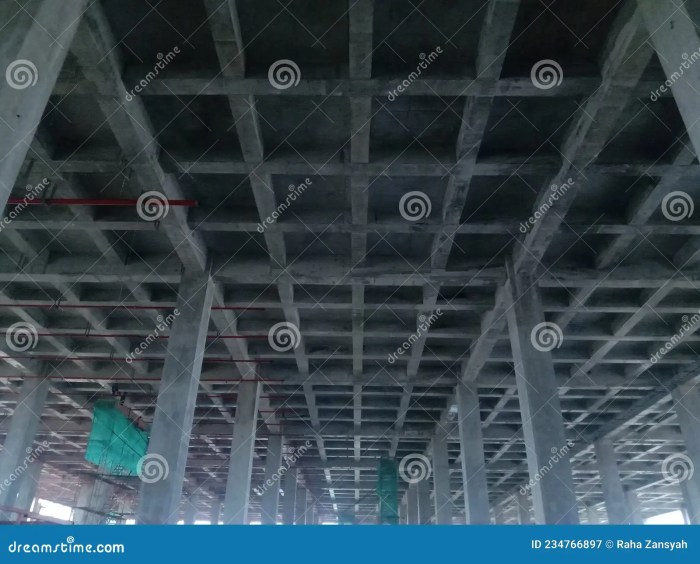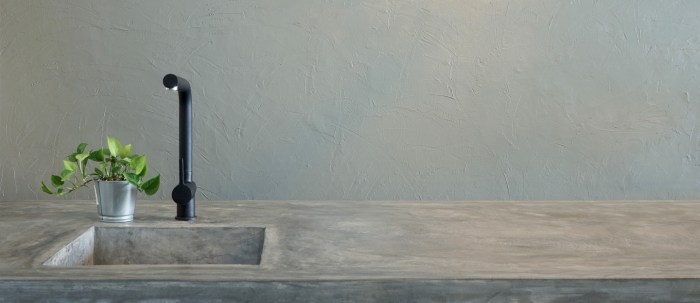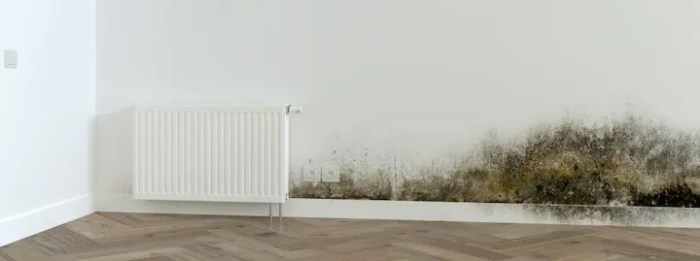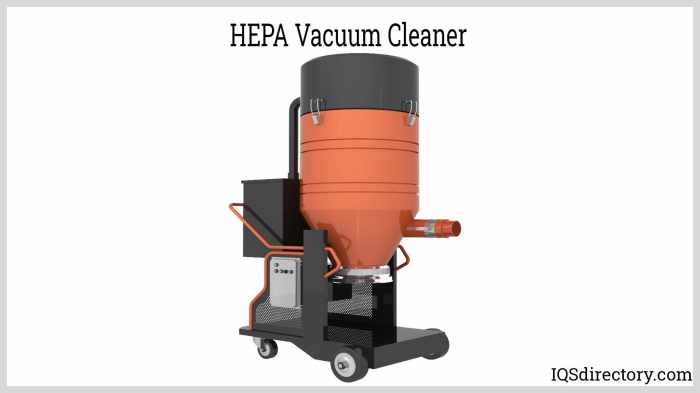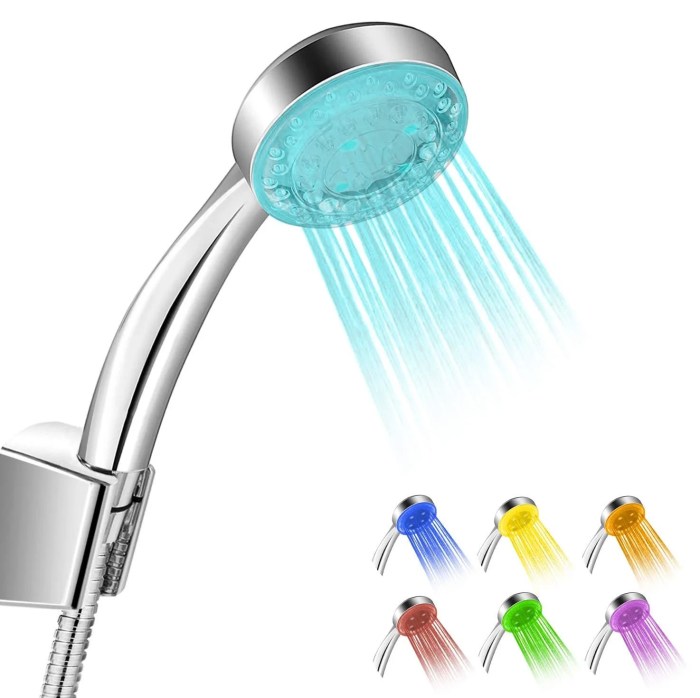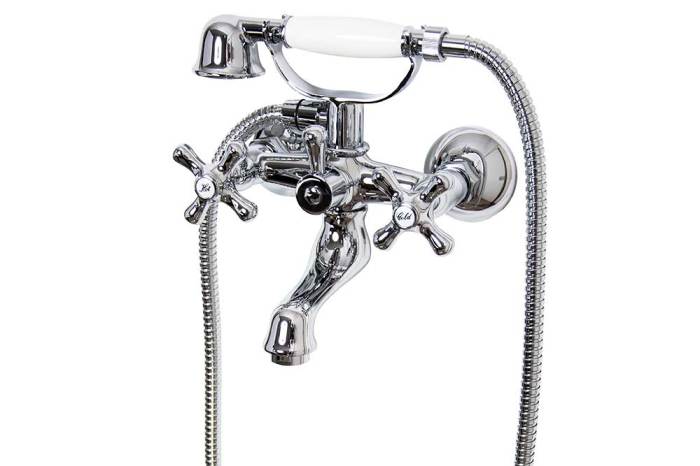
Pocket doors, the ninjas of the door world, slide stealthily into walls, saving space and adding a dash of style without breaking a sweat (or a wall). Imagine a door that vanishes like a magician in a puff of smoke, leaving you with more room to dance, twirl, or simply not bump into furniture. These sleek beauties come in various materials and styles, making them the ultimate chameleons of home design, blending seamlessly with nearly any decor.
Not only do pocket doors elevate the aesthetic appeal of your home, but they also embody practicality at its finest. They are perfect for squeezing into tight spots, whether you’re dealing with a cozy bathroom or a compact office. Plus, with the right installation tools and a sprinkle of DIY magic, you can transform your living spaces into a masterpiece of function and flair!
Pocket Doors Overview

Pocket doors, the stealth ninjas of the door world, slide gracefully into walls, saving space and adding a touch of charm to home design. With their ability to disappear when not in use, they are perfect for small spaces where swinging doors would cause chaos. Whether you’re trying to squeeze a dining room into a cozy nook or create a seamless flow between rooms, pocket doors make it possible with style and flair.The functionality of pocket doors extends beyond their cool disappearing act.
They come in a variety of styles and materials, allowing homeowners to choose the perfect match for their décor. From sleek modern designs to charming rustic styles, pocket doors can enhance any interior, acting as both a functional barrier and an aesthetic feature. The most common materials include wood, glass, and metal, each bringing unique benefits and appearances to your living space.
Styles and Materials of Pocket Doors
When selecting pocket doors, the style and material can greatly influence the overall look and feel of your home. Here’s a rundown of popular options that can help you decide which pocket door suits your space best.
Wood Pocket Doors
Classic and durable, wood pocket doors can be stained or painted to match your interior. They bring warmth and texture, making them a perfect choice for traditional homes.
Glass Pocket Doors
Ideal for creating an open feel while maintaining some level of separation, glass pocket doors can be frosted for privacy or clear to let light flow through. They are excellent for modern homes or spaces that require a touch of elegance.
Metal Pocket Doors
For a more industrial look, metal doors offer a sleek and contemporary option. Typically found in loft-style apartments or modern offices, they can stand alone as a statement piece.
Custom Styles
Many homeowners opt for custom-designed pocket doors to fit unique tastes and spaces. Whether it’s a barn door style for a rustic look or an ornate design for a vintage vibe, the possibilities are endless.
Installation Process for Pocket Doors
Installing pocket doors might seem like a job for a professional, but with the right tools and a bit of patience, it can also be a satisfying DIY project. Here’s a breakdown of the installation process to help you get started.
Tools Needed
Before you embark on your pocket door adventure, gather essential tools:
Stud finder
Measuring tape
– Level
Circular saw
– Screwdriver – Drill Pocket door hardware kit
Preparation Steps
Begin by measuring the intended opening for your pocket door to ensure a perfect fit. Use a stud finder to locate the wall studs, as you’ll need to create a pocket in the wall for the door to slide into.
Framing the Pocket
Cut the drywall and frame the pocket according to your measurements. Make sure it’s wide and tall enough to accommodate the door and the hardware. This is where things can get a bit messy, but don’t worry, every artist has to make a mess before creating a masterpiece!
Install the Track and Hardwares
Following the instructions from your hardware kit, install the track at the top of the pocket. Secure the necessary hardware, ensuring everything is level and aligned correctly.
Hang the Door
With everything in place, hang the door onto the track and test its sliding ability. Adjust as necessary to ensure smooth operation. It’s like a magic trick – when it works, it’s pure delight!
Finishing Touches
Finally, add any trim or casing around the pocket door to give it a finished look. This is where you can let your creativity shine, perhaps adding a pop of color or some decorative molding.
“Pocket doors are more than just a space-saving solution; they’re an architectural delight!”
Pocket Doors in Home Improvement

In the realm of home improvement, pocket doors are like the secret agents of home design—stealthy, efficient, and oh-so-smooth in their operations. They slide into walls like they were born to do it, maximizing your space while adding a touch of flair. Whether you’re working with a tiny bathroom or a cozy living room, pocket doors can transform your home without breaking a sweat—or the bank.The efficiency of pocket doors lies in their ability to free up space that traditional hinged doors would otherwise hog.
With their sleek design, they can turn the most cramped quarters into a spacious haven. Imagine a small home office that doubles as a guest room! With a pocket door, you can simply slide it open to reveal the hidden gem without the hassle of door swings knocking over your carefully arranged potted plants. It’s like having a magician in your home, producing space out of thin air!
Choosing the Right Pocket Door for Various Room Layouts
Selecting the perfect pocket door is akin to picking the right dance partner at a prom—timing and style are everything! Your choice should complement the existing aesthetics and maximize the functionality of your room. Here are some tips to guide your selection process:
- Material Matters: Wooden doors provide a classic, warm feel, while glass doors can create an airy, open vibe. If you prefer a more modern aesthetic, consider metal for a sleek look.
- Size It Right: Measure your door frame and choose a door that fits snugly into your pocket. Nothing says “I give up” like a door that doesn’t slide properly!
- Style Savvy: From barn doors to contemporary panels, your pocket door can be a statement piece. Choose a design that harmonizes with your current décor to keep the peace.
- Frame the Future: Opt for a sturdy frame to support the sliding mechanism. A flimsy frame is like wearing flip-flops in a snowstorm—not ideal!
Common Challenges When Installing Pocket Doors and Solutions
While pocket doors are fabulous, their installation can be as tricky as assembling IKEA furniture without the manual. Fear not! Here are some common challenges and their solutions to ensure your project goes off without a hitch:
- Wall Space Requirements: Pocket doors require a wall cavity to slide into. If your existing walls are not designed for this, you may need to create a new wall or modify the existing one. Think of it as giving your home a little nip and tuck!
- Track and Hardware Installation: If the sliding mechanism isn’t fitted correctly, your door might end up as stuck as a cat in a tree. Make sure to follow the manufacturer’s instructions or consult a professional if you’re feeling overwhelmed.
- Alignment Issues: If your door doesn’t align properly, it can lead to awkward openings and closings—like trying to do the cha-cha with two left feet. Adjust the rollers and ensure the track is level for smooth operation.
- Noise and Wear: Pocket doors can sometimes creak and groan like an old man getting out of bed. Regularly lubricate the tracks and hardware to keep things sliding smoothly.
With a bit of planning and creativity, pocket doors can be the perfect addition to any home improvement project, turning cramped spaces into functional works of art!
Integrating Pocket Doors with Other Home Elements
Pocket doors are not just a stylish way to save space; they can also become the glamorous diva of your home’s interior design, effortlessly complementing other elements like flooring and furnishings. Think of pocket doors as the cool sidekick to your home’s main characters—your chic furniture and stunning flooring. By integrating these sleek sliding panels, you can achieve a fluid design that connects various aesthetics within your living space.To create a cohesive design when incorporating pocket doors, it’s essential to consider not only their style but also how they interact with other home elements.
The choice of materials and colors can play a crucial role in forming a unified look that feels intentional and curated. Pocket doors can be made from a variety of materials, including wood, glass, or metal, each bringing its unique flair to the interior.
Materials and Colors for Cohesion
Choosing the right materials and colors for pocket doors is key to achieving a harmonious look throughout your home. Here are some tips to help you along the way:
- Match with Flooring: Ensure that the material of your pocket doors complements your flooring. For instance, if you have rich hardwood floors, a solid wood pocket door can enhance that warmth and create a seamless transition.
- Consider Furniture Style: If your furnishings lean towards a modern vibe, opt for sleek, minimalist pocket doors with glass panels. Conversely, traditional homes can benefit from ornate wooden doors that echo the charm of classic furniture.
- Color Coordination: Use a color palette that ties all elements together. If your walls are painted in a soft pastel, consider pocket doors in a similar hue or a contrasting color that still feels integrated, like a deeper shade of the same tone.
Energy Efficiency Considerations
When selecting materials for pocket doors, energy efficiency should be a priority. Not all doors are created equal, and you want to ensure that your pocket doors contribute positively to your home’s overall energy performance. Here’s what to look out for:
- Material Insulation: Choose materials that offer good insulation properties. Solid wood or insulated glass can help minimize heat transfer, keeping your space cozy in winter and cool in summer.
- Weather Stripping: Ensure your pocket doors are equipped with quality weather stripping. This helps seal gaps and prevents drafts, enhancing your home’s energy efficiency.
- Double Glazing: If opting for glass pocket doors, consider double-glazed options. This not only improves insulation but also reduces noise, transforming your space into a peaceful retreat.
By thoughtfully integrating pocket doors with other home elements, you enhance both the aesthetics and functionality of your space. With a dash of creativity and a sprinkle of humor, your home can transform into a cohesive sanctuary that invites comfort and style, leaving your guests both impressed and a tad envious.
Wrap-Up
In conclusion, pocket doors are more than just portals to other rooms; they are design-savvy solutions that mix style, efficiency, and a touch of whimsy. By carefully choosing the right materials and styles, and tackling any installation challenges like a pro, you can create a cohesive living environment that feels open and inviting. So, why not let your doors slide into the spotlight?
After all, they deserve a chance to shine!
FAQ Summary
What are pocket doors made of?
Pocket doors can be made from various materials, including wood, glass, and even metal, allowing for a range of styles and finishes.
Can pocket doors be used in exterior applications?
While primarily designed for interior use, some pocket doors can be adapted for exterior use, but it’s essential to ensure they are weatherproof and secure.
Are pocket doors energy-efficient?
Yes! When selected with proper materials and seals, pocket doors can enhance energy efficiency by minimizing drafts and heat loss.
How much space do pocket doors save?
By sliding into the wall rather than swinging open, pocket doors can save several square feet of space, making them ideal for small rooms.
Can I install a pocket door myself?
Yes, with the right tools and a bit of DIY spirit, you can definitely tackle a pocket door installation, but be prepared for some intricate measuring and leveling!

